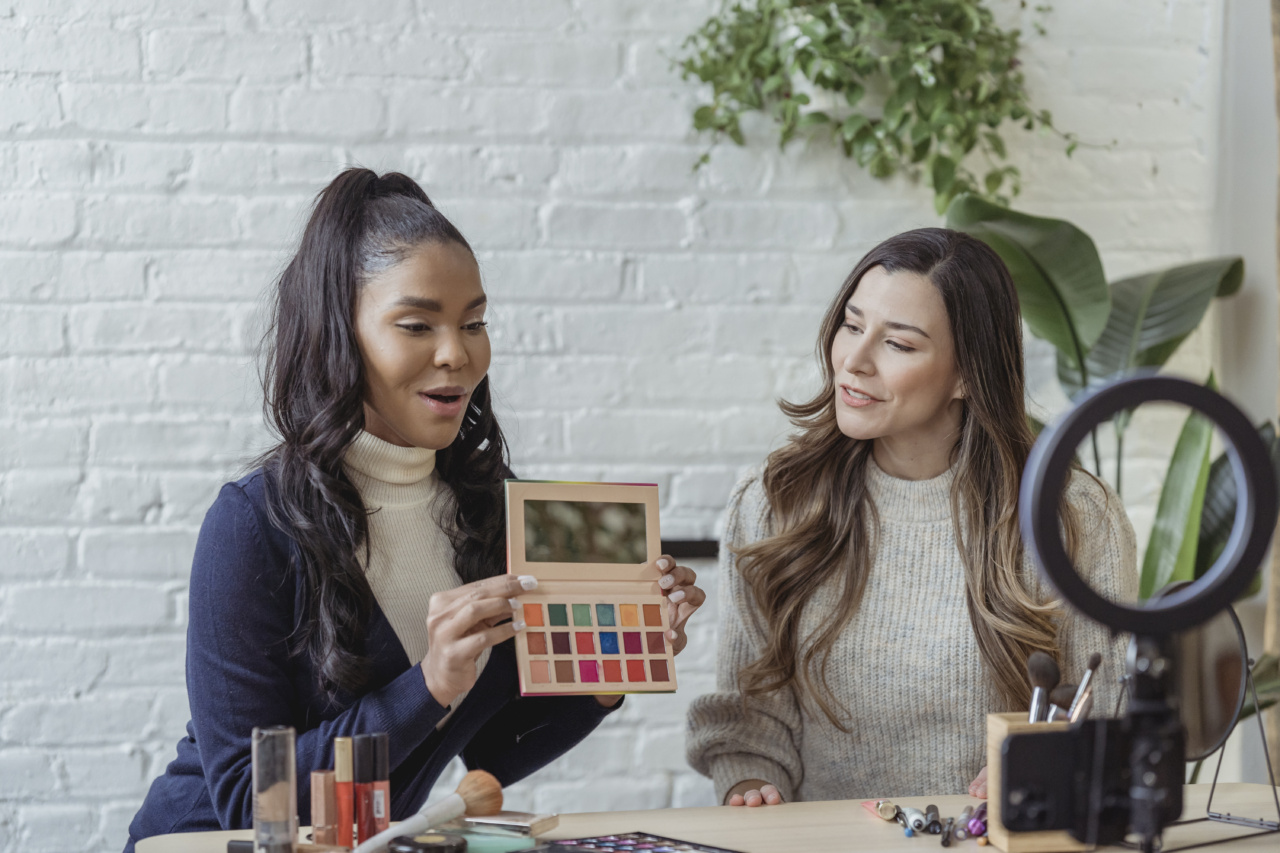With the advent of social media, taking selfies has become a widespread phenomenon. Whether it’s snapping a picture of yourself on Snapchat or Instagram, selfies are an undeniable aspect of modern life.
While originally selfies were considered as self-indulgent behavior, in recent years, scholars have begun to analyze the relationship between selfies and sexuality. This article explores the connection between selfies and sexuality and whether taking selfies is a manifestation of sexual intent.
The psychology behind selfies
The psychology behind selfies is fascinating. Taking selfies has been linked to several motivations, including self-esteem, self-expression, and social competition.
According to research, selfies are often taken in moments when an individual feels confident and happy, making them a tool for boosting self-esteem. Further, selfies can be seen as a way of expressing oneself and communicating with others. Finally, selfies are often taken as a way of competition, with individuals trying to portray their “perfect” lives in a bid to gain more likes.
The sexualization of selfies
Despite the motivations behind taking selfies being relatively benign, the sexualization of selfies has become more prevalent in recent years. A growing number of individuals have started taking selfies specifically to show off their sexuality.
These sexualized selfies are often overtly sexual, with individuals adopting seductive poses or wearing revealing clothing. While not all selfies are sexualized, the tendency to sexualize oneself in selfies has become more common.
The impact of sexualized selfies on body image
The impact of sexualized selfies on body image is a significant concern. Studies have indicated that individuals who frequently take sexualized selfies can be more likely to experience negative body image and low self-esteem.
One of the reasons for this is the pressure to conform to societal standards of beauty. When an individual posts a sexualized selfie, it can perpetuate the notion that a particular body type is desirable, thereby increasing the pressure on individuals to conform.
As such, sexualized selfies can have a detrimental impact on body image and self-esteem.
The pressure to conform to sexual norms
Another factor contributing to the sexualization of selfies is the way in which society perceives sexuality. Society often associates sexuality with youth, beauty, and physical attractiveness.
As a result, many individuals feel pressure to conform to sexual norms, which can include posting sexualized selfies. The pressure to conform can perpetuate unrealistic expectations surrounding appearance and sexuality, which can have a significant impact on an individual’s mental health and self-esteem.
Understanding consent and the sharing of sexualized selfies
The sharing of sexualized selfies can also raise questions surrounding consent. While it is an individual’s right to take and share selfies, the sharing of sexualized selfies online can lead to unwanted attention from others.
In some cases, individuals may share sexualized selfies without fully understanding the potential consequences. It is important to understand the importance of consent when sharing sexualized images, as well as the potential impact that sharing these images can have on an individual’s mental health and well-being.
The role of social media in perpetuating sexualized selfies
Social media platforms have played a significant role in the proliferation of sexualized selfies. Many platforms have become increasingly visually oriented, with a focus on images and videos as opposed to text.
As a result, images, including sexualized selfies, have become a significant aspect of the social media experience. Social media platforms have also been criticized for perpetuating unrealistic beauty standards, which can contribute to the pressure to conform to sexual norms.
The need for awareness and education
The widespread proliferation of selfies and the increasing sexualization of selfies mean that awareness and education are essential.
It is important for individuals to understand the potential impact that sexualized selfies can have on their mental health and self-esteem. Additionally, education is necessary to help both individuals and society understand the importance of consent with regards to the sharing of sexualized images.
Conclusion
Selfies and sexuality are intricately linked, with many individuals taking selfies specifically to show off their sexuality. While the motivations behind taking selfies can be relatively benign, the sexualization of selfies has become more common.
The sexualization of selfies can have a detrimental impact on an individual’s mental health and self-esteem, and it is vital that individuals and society understand the potential consequences of sexualized selfies. Education and awareness are necessary to help individuals make informed choices about their online behavior and to understand the importance of consent with regards to the sharing of sexualized images.































